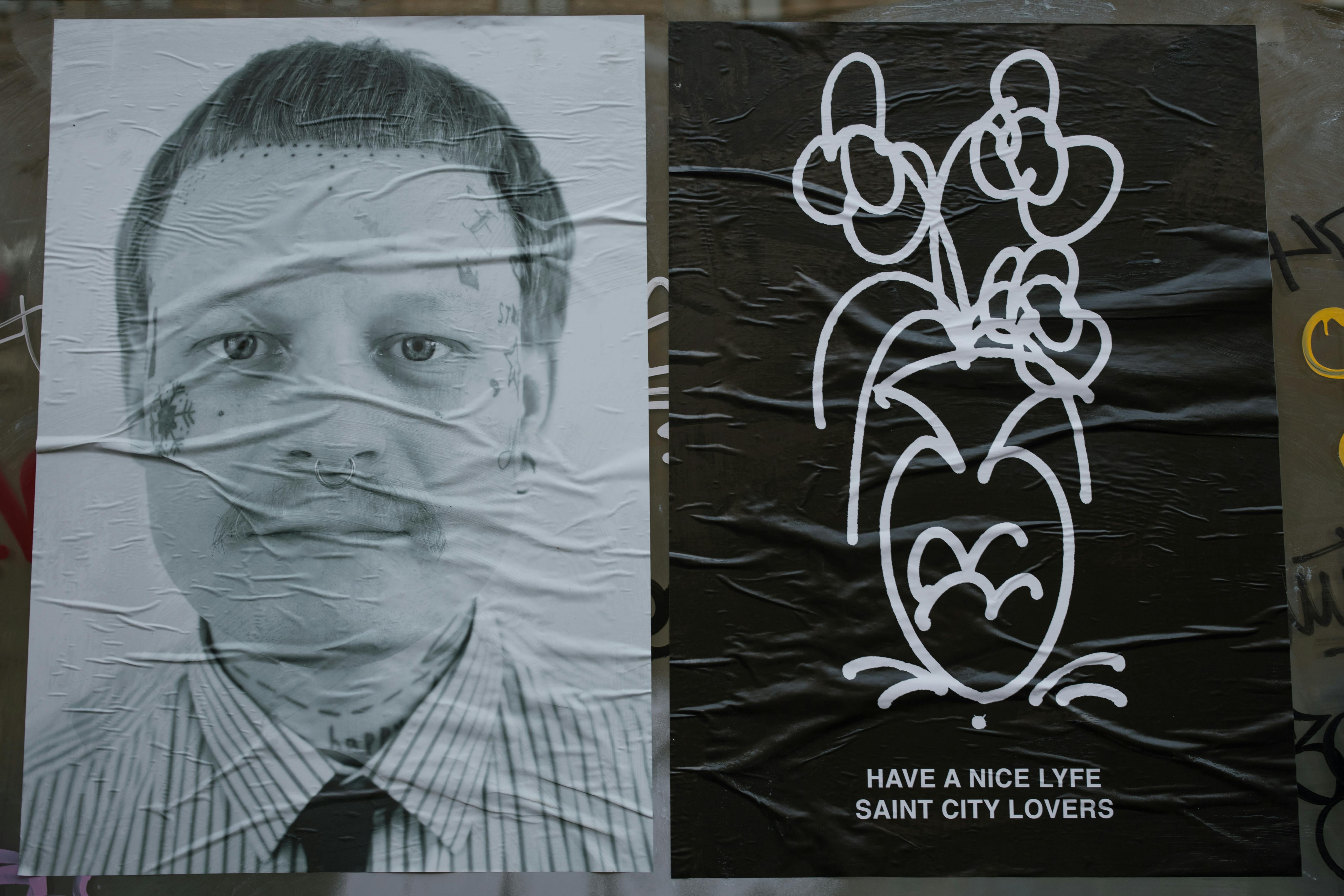History of crochet 1500 BC – 1820
Little is known of the early history of crochet. It seems likely that the earliest hook was made with fingers, rather than the hooks in use today. There are theories that crochet could have existed as early as 1500 BC. C., as part of the work of the nuns, which included needle lace and bobbin lace.
There are three main theories about the origin of crochet. Some believe it originated in Arabia and spread east to Tibet and then west to Spain, eventually following Arab trade routes to other Mediterranean countries. Alternatively, it is believed to have originated in South America, where a primitive tribe used crocheted ornaments in puberty rites. Another alternative stems from the fact that early examples of crocheted dolls were known in China.
However, there is no solid evidence of the age of crochet or where it originated from. The evidence of its appearance in the 16th century is scarce and highly disputed. There are references to a type of “chained trimmings” made around 1580. However, this appears to have been a type of cord, sewn to the cloth as an ornamental braid.
During the Renaissance, women wove various strands of thread into lace-like fabrics.
The earliest evidence of crochet as we know it is commonly first seen in the second half of the 18th century. Crochet may have developed from Chinese needlework, an ancient form of embroidery known in Turkey, India, Persia, and North Africa, which reached Europe in the 18th century and was known as tambouring. The main theory behind the origin of crochet seems to be that it began when it was realized that chains worked in a pattern would be joined without a background fabric. In the late 18th century, drumming evolved into what the French called air crochet, when the ground cloth was discarded and the stitch worked itself. Drum hooks were as fine as sewing needles, so the work had to be done with very fine thread.
Crochet began to emerge in Europe in the early 19th century, spurred on by Mlle Riego de la Branchardiere, known for her ability to take needlepoint and bobbin lace designs and turn them into crochet patterns that could be duplicated. She published numerous patterns and also claimed to have invented lace-like crochet, today called Irish crochet.
A type of lace called Cheyne lace was made with a hook in the late 18th century and a primitive form of crochet called pjonting can be found around 1820.
Copyright, [http://www.officialguidetocrochet.com]
